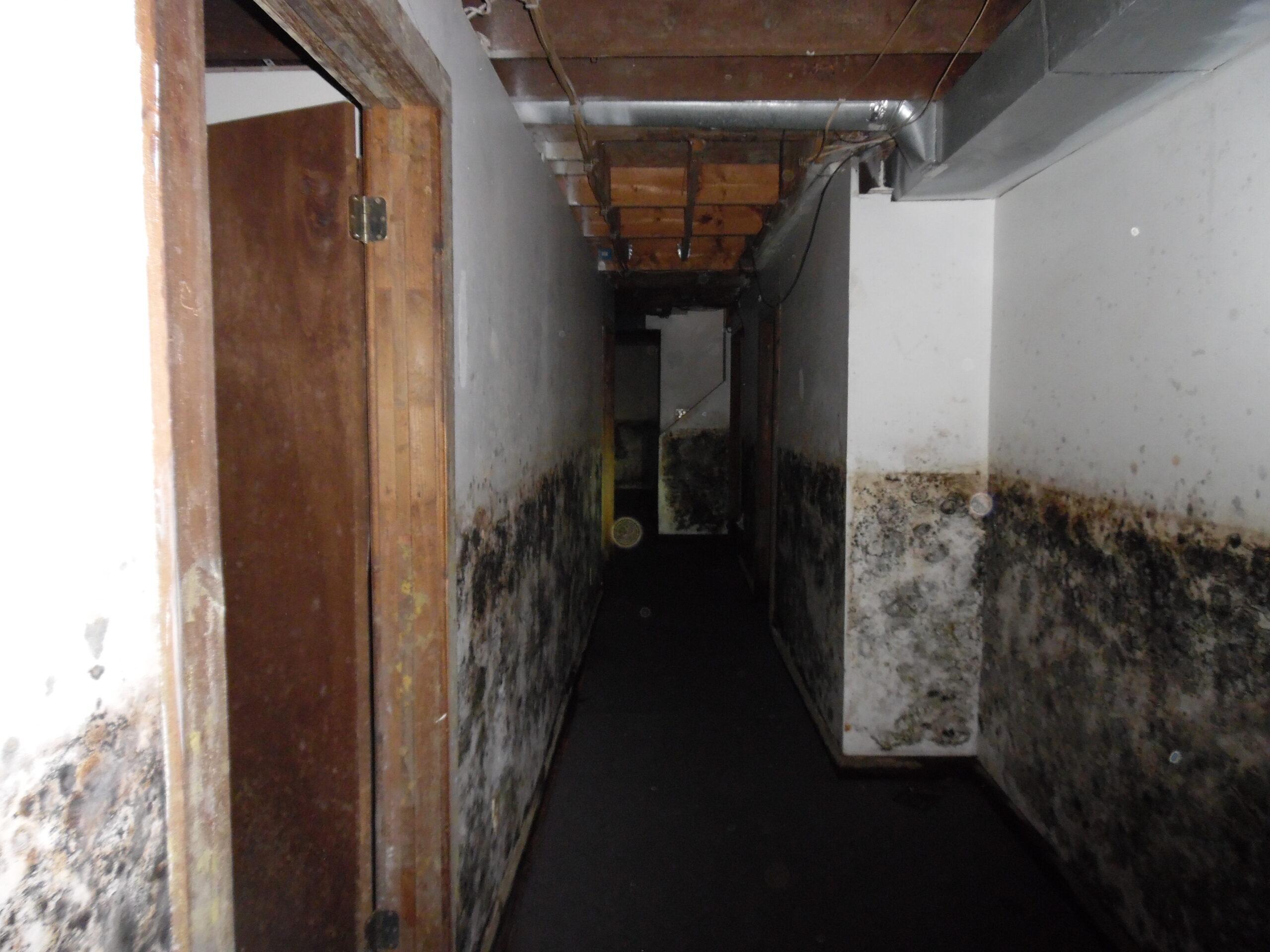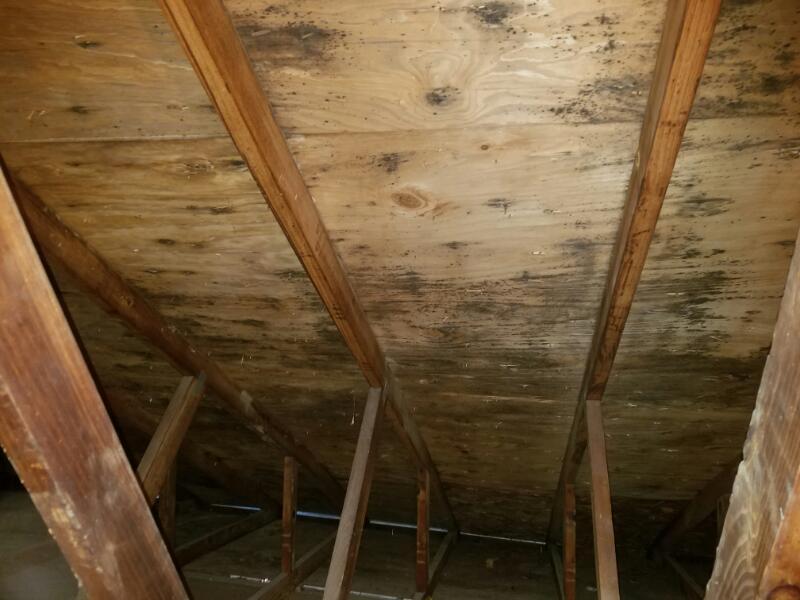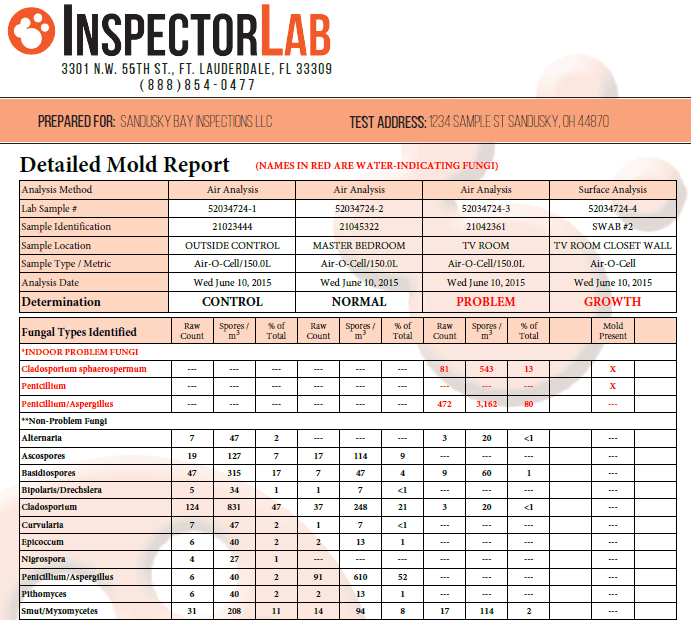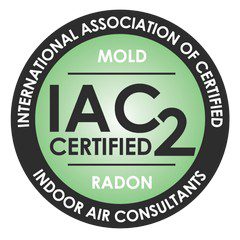

If your buying a home or have an allergic reaction reaction to a home or certain room such as sneezing, runny nose, or itchy eyes, you should consider getting a mold inspection. Mold inspections are different from typical home inspections. As part of the mold inspection and testing process, the inspector will look for visual signs of microbiological growth or conducive conditions for growth. Each time the mold inspector visits a property they will begin the process with a visual inspection. They will check the property and look for any signs of water damage, water intrusion, possible faucet or pipe leaks, and any other signs of moisture. The inspector will use an assortment of methods, including visual inspection, surface sampling, and air sampling in order to determine the source and the type of mold that may present in the building. They will also test the temperature and the humidity on the property and add these calculations to a wide variety of data that they will be obtaining about your home or property. When the mold inspector begins the sampling process, they are actually attempting to determine what kind of mold exists at a particular location within the property. The inspector may take a sample of the air inside the home, use a swab or a piece of tape to obtain the sample. As soon as the sample is properly packaged to avoid contamination, it is sent to a reliable laboratory where it can be analyzed. Once the inspector receives the laboratory report, they will be able to see what type of mold(s) are present. Since there are thousands of different types, your report will let you know if there are harmful spores in the home/building.
All mold inspections and sampling processes follow the Indoor Air Consultants Mold Standards of Practice. The standards can be found at:
https://iac2.org/mold-inspection-standards-of-practice/

